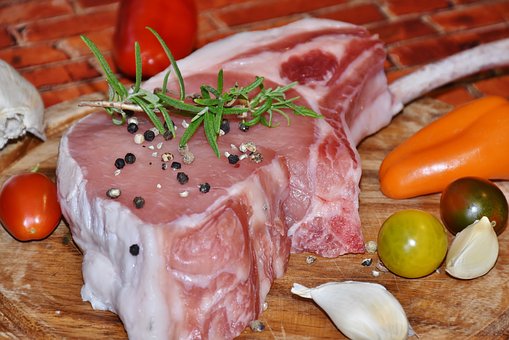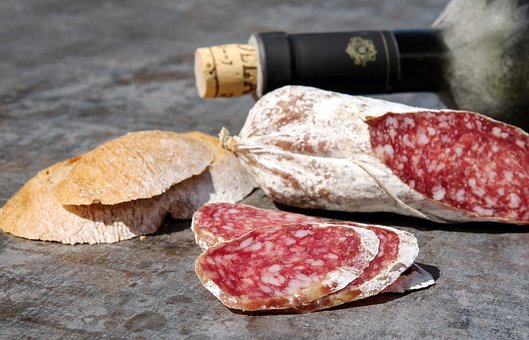
Tenderness and juiciness are two important factors that need to be considered when trying to buy good quality meats. Both of these factors depend on the type of cut you choose and the length of preparing the meat dish as well.
If you are an avid cook, then you might know that if the meat is cooked for a very long time, it loses water and becomes tougher. The age of the animal at slaughter, the quantity of collagen and fat contained in specific cuts and brining are some other important factors that have a significant influence on meat quality.

Why Is It Important To Preserve Meat?
Meat is a significant element of a balanced and healthy diet because of the nutrition that it offers. Meat composition provides the perfect environment for the propagation and the growth of common foodborne spoilers and microbes. Metabolism and microbial growth depend on the condition of the animal at slaughter, storage conditions, and packaging. If meat gets spoilt, it tastes sour and also appears discolored. Spoilt meat contains off-flavors and results in gas production, slime formation, pH change, foul smell, and the degradation of structural components. Hence, it is important to retain the quality of meat by preserving it.
Proper preservation not only helps in retaining the quality of meat but also its edibility and nutritive value. Here, it is important to note that the food processors available in these modern times do not depend on anyone’s technique of preserving meat. They make use of different chemical techniques along with low-temperature storage for controlling microbial, oxidative, and enzymatic spoilage of meat. The different methods of preserving meat are as follows.

Freezing
You cannot get messed-up when using this method of preserving the quality and nutritive value of meat. Regardless of whether you have purchased meat in large quantities or raised it on your own, putting in a little bit of effort in portioning the cuts and wrapping them in freezer containers or papers will actually help. Meat that is stored at 0 degrees Fahrenheit stays safe, but there is a slight decline in its quality after a time span of four to five months. However, this decline in quality will depend on the fat content and the cut of stored meat. Storing meat in good quality vacuum-sealed containers can double and even triple the life span of meat.
Canning
This is a procedure that involves preserving meat through thermal sterilization. By way of this process, meat is stored in containers that are hermetically sealed. Canning helps in preserving the sensory features like texture, flavor, and appearance of meat. Apart from this, canned meat comes with a life span of a minimum of two years provided it gets a proper temperature. There are several steps included in canning like meat preparation, precooking, exhausting, filling, seaming, cooling, thermal processing, and finally, storage.
Since quality meats tend to get spoilt very quickly because of microbes, it makes sense to preserve it properly so that it retains its qualities for future usage.





